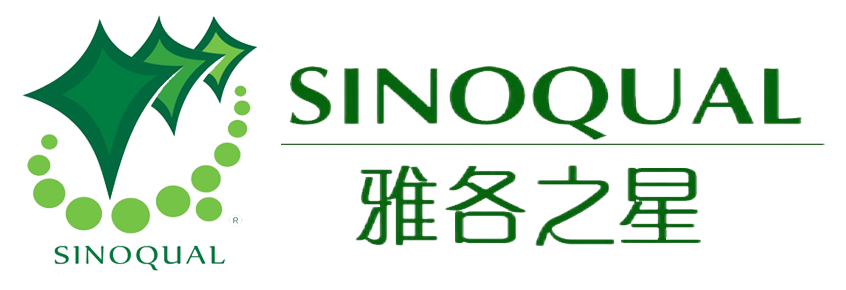The global beauty industry is undergoing a transformation as consumers increasingly demand products that demonstrate transparency, ethical sourcing, and ingredient purity...
What is vegan fashion?
2025-07-11
Veganism goes far beyond food choices; it has become a complete lifestyle that promotes sustainability and cruelty-free living. Embracing veganism changes every aspect of consumers' lifestyles, consequently altering their purchasing habits. Fashion retailers have taken these behavioral changes into account and are catering to their clothing needs, as food is no longer the sole focus of veganism. Under veganism, many fabrics and materials, such as wool, fur, leather, and silk, are completely avoided, necessitating the development of alternatives. Let's examine how veganism can bring compassion to fashion.
What is vegan fashion?
First, we need to understand what vegan fashion means. Vegan fashion includes clothing, accessories, bags, and shoes made from cruelty-free sources. This means no animals are harmed or tortured in the production of these items. Veganism also involves protecting the environment and people. This means avoiding all traditional materials produced with harmful and toxic chemicals that negatively impact both humans and the environment. The growing popularity of vegan slogan T-shirts reflects the expansion of veganism.
Why vegan fashion?
For most people, going vegan seems like the best way to save the planet. Considering current environmental conditions, the rapid extinction of animals, and widespread disease, embracing vegetarianism might be a good idea. Vegan fashion requires clothing made from materials like organic cotton, linen, and pineapple peel. All of these materials are not only cruelty-free but also biodegradable, recyclable, and sustainable. Furthermore, no animals are harmed in the production of these fabrics. Vegan clothing seems like a good start, doesn't it?
Here's how the traditional fashion industry works and how going vegan could change it:
leather
Leather is made from the hides of cattle (animal skins). After the animals are slaughtered at slaughterhouses, their skins are transported to leather factories. Other cattle unfit for human consumption, deprived of basic necessities, are ultimately killed for their skins. Young animals, such as calves and lambs, are often slaughtered for "premium" leather. Other animals, such as pigs, horses, and alligators, are also killed for their skins. Leather production also involves a large number of highly toxic chemicals.
Veganism despises these cruel killings and offers a sustainable alternative to leather. Alternatives include pineapple leather, cork leather, and kombucha leather. These leather types are manufactured from highly sustainable sources. For example, pineapple leather is obtained from the leaves left after the fruit is grown, while cork leather is made from the bark of cork trees. These sustainable vegan options can be used to make jackets, shoes, and bags without harming animals.
silk
The traditional method of producing silk uses caterpillars of the silkworm moth, which spin silk threads and form cocoons. A caterpillar can produce approximately 1.5 kilometers of thread. To preserve the integrity of the silk thread, the cocoons are boiled, baked, or steamed. This process kills the caterpillars. Billions of cocoons are harvested, resulting in a brutal death for these insects.
Veganism has boosted the use of soy shreds, which are made from the soybean residue left after tofu production. No animals or insects are harmed in the production process, and it is also chemical-free.
wool
Those who might think sheep are unharmed during the wool extraction process are mistaken. Sheep are bred specifically to produce an excessive amount of wool. Removing wool from sheep as quickly as possible increases the frequency of injuries. Weeks after birth, lambs undergo painful mutilation without anesthesia—a practice that also leads to parasitic infections. When the sheep are no longer producing wool, they are loaded onto trucks and taken to slaughter. Although this process could be made easier and more humane, capitalist industry is not attempting to do so.
Veganism offers an alternative to the feel and feel of wool, reducing consumption of wool obtained through this cruel practice. Other vegan clothing options are organic cotton, linen, hemp, or nullarbor.
fur
Fur is one of the oldest materials used in clothing. It is extracted from furry animals such as rabbits, foxes, minks, and even hamsters. These animals are raised on farms, locked in wire cages without access to clean water or food. They often go mad. To preserve their fur, many farmers resort to extreme slaughter methods such as poisoning or electrocution. Many hunters even trap wild animals, subjecting them to unbearable pain.
Wearing fur is inconsistent with veganism because animals must go through pain and suffering. There are synthetic fur alternatives. While they may not be very environmentally friendly, there are ways to minimize the environmental impact.
The growing popularity of sustainability has led consumers to put every aspect of their purchasing choices under the microscope. As more companies open up to meet this demand, the growing demand for vegan-friendly products is evident. You may live a minimalist lifestyle, but that doesn't mean you can't dress up or make your own fashion choices. Veganism simply means choosing eco-friendly and cruelty-free items for your wardrobe.
